The first intake of the year was an adult chipping sparrow with an open wing fracture. Hot on the heels of getting the call on this sweet little bird, I received a call about a great blue heron in a culvert in Dublin. The sparrow was in another county, but we’d arranged a halfway point to meet, so I picked up the sparrow and headed to town with my waders to get the heron out of the icy water in the culvert.
The poor heron was a victim of old age and cold weather. He was starving to death, with a breastbone so rail-thin it was almost like a razor blade. With the unusually cold temps we’d been having, he’d not been able to find enough food and was too weak to get out of the frigid water—not a good combo. Birds need much, much more food when the mercury drops, because they burn off so much energy staying warm. The great blue’s chances didn’t look good.
Both birds obviously went to Smalley’s immediately for a thorough vet exam. Vet Peggy Hobby confirmed the open facture on the chipping sparrow, which meant our only option was euthanasia. We discussed the great blue’s options and decided to give him 24 hours—maybe warmth and food would start him on the path to recovery. I picked up some shiners (small fish) on the way home to feed him, but he was too weak to eat on his own. I force-fed him a few small fish—too much food too quickly will kill a starving animal—and hoped for the best, but he died during the night.
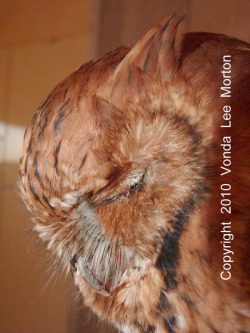
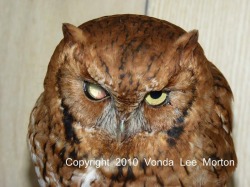
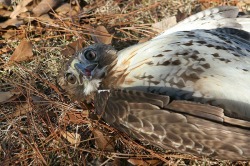
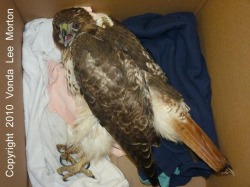
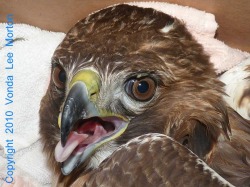
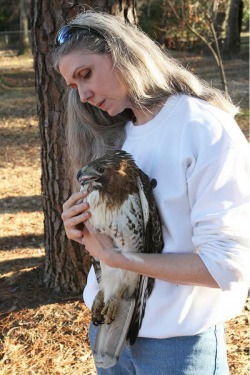
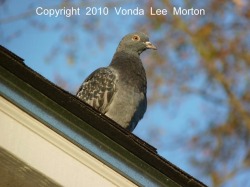
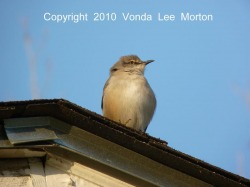
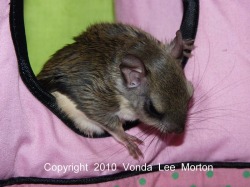
 RSS Feed
RSS Feed
